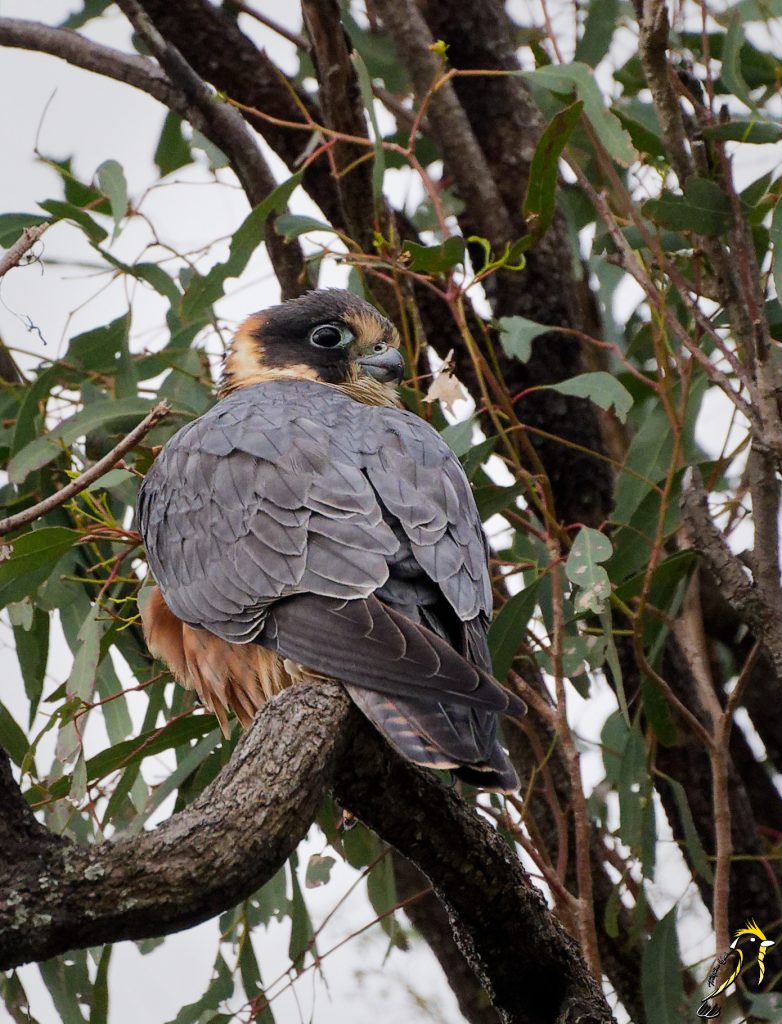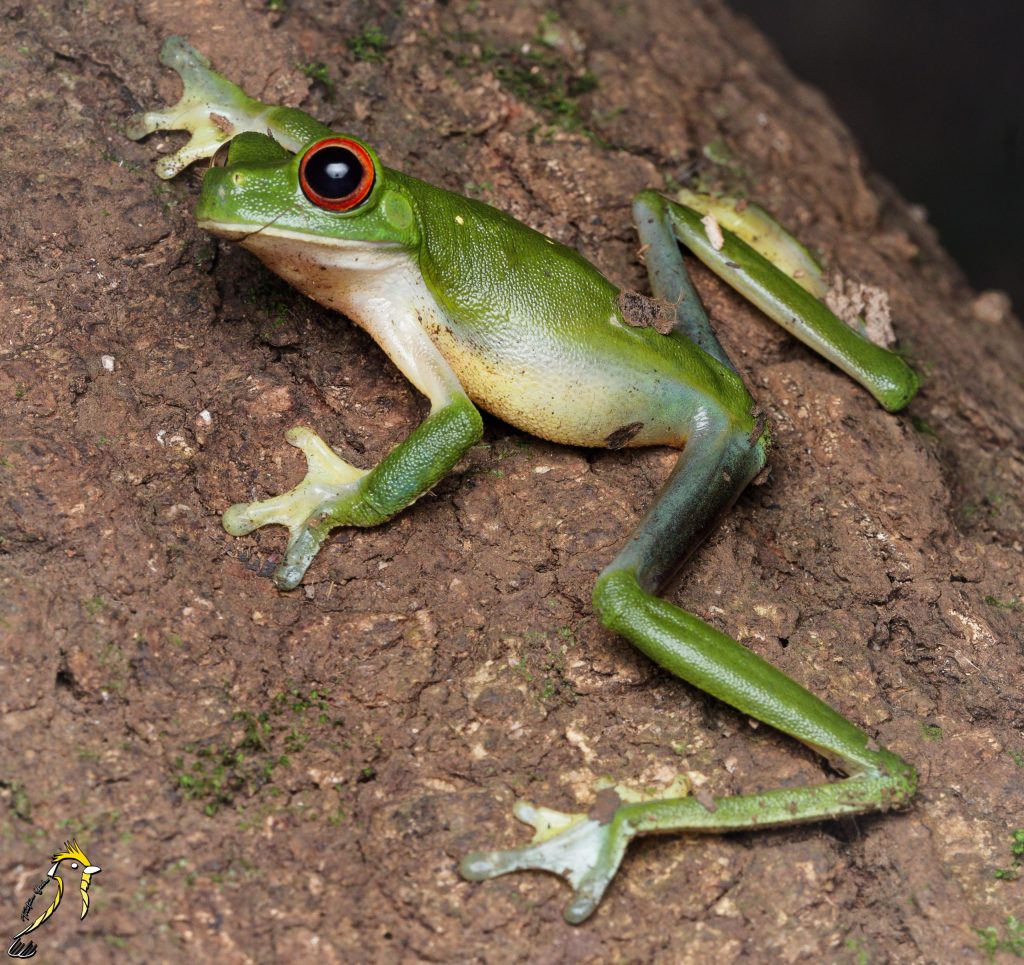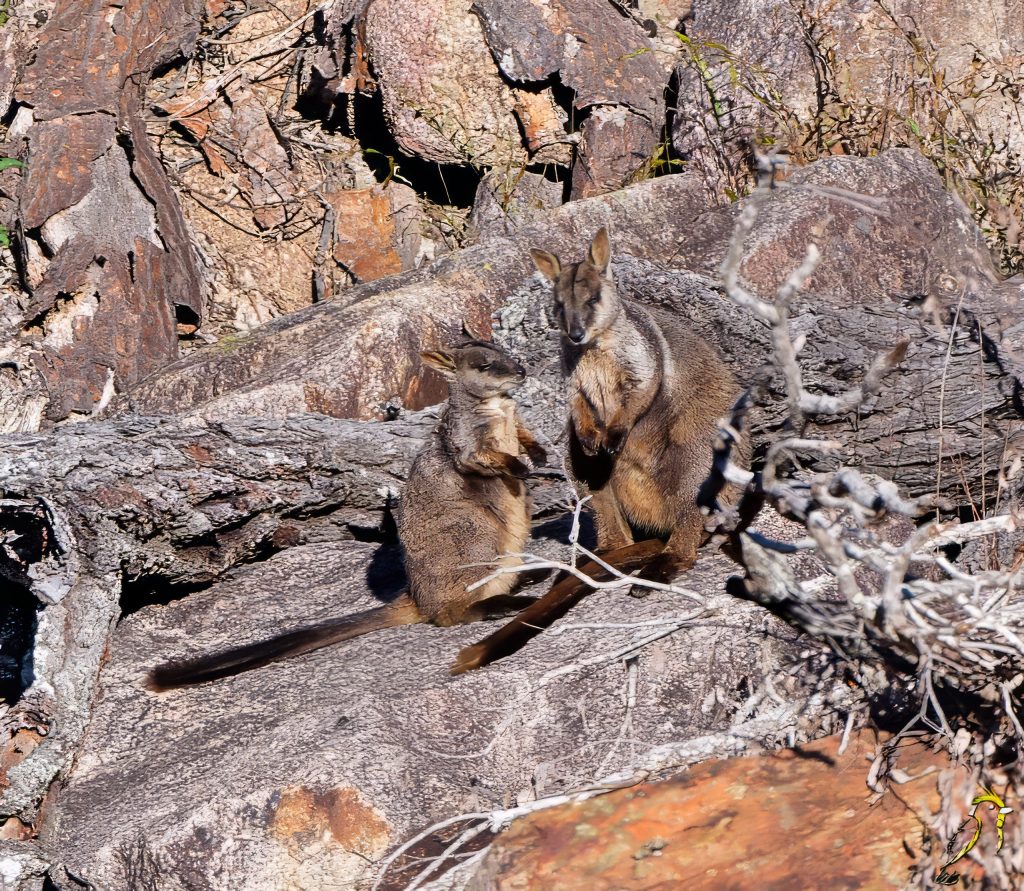
For readers who’d like to see more of Tristan’s wildlife photography, check out @ zoologicalmarvels on Instagram.
Towards the end of the first semester, I began feeling rather fatigued. Reeling from the unending responsibilities of being a university student; exams, assignments, deadlines, not to mention various social responsibilities lest I become a hermit, my mind yearned for some comfort. Most readers, I don’t doubt, find comfort in images of white sand beaches, shopping malls with a dizzying variety of products and services to sample, others a comfortable couch in a warm living room. To me, however, I could only think of the bush, with its curious habitats and enchanting animals. I needed to return to it, if only for a little while. During the inter-semester period, I’m glad to say I did, exploring forests and grassland around Laidley and Brisbane. I hope to share with you some of what I found.
Australian hobby:

The Australian hobby (Falco longipennis) is a species of predatory bird that from it’s appearance is often mistaken for the well-known peregrine falcon (Falco peregrinus). However, this species can be distinguished from its slender appearance with longer and thinner wings. That’s not to say it is not a capable predator. In fact, this bird is quite aggressive and territorial, often circling, soaring and even swooping other birds of prey to harass them. It seems that the bird has also adapted to hunting in urban environments, using artificial lights to see in the dark. In the wild however, they primarily hunt at dusk, occasionally during the day to feed on insects. They occasionally hunt larger prey and will attack shorebirds under the cover of sand dunes, cliffs or trees. Not half bad for a bird brain!
Australian red-eyed tree frog:

The Australian red-eyed tree frog (Ranoidea chloris) is a curious amphibian native to the region south of Sydney up to the mid-northern Queensland. Being a tree frog, one may draw very many similarities between this species and the red-eye tree frog (Agalychnis callidryas) of South America. Long legs with splayed toes allow for nimble movement in the trees, while their bright colors are used for disorienting and deterring predators. Between these two species, separated by continents and oceans, this similarity is a result of convergent evolution. That is to say, facing similar challenges in their respective ecosystems, they have evolved similar tactics to overcome them. Nature’s way of copying someone else’s homework!
Brush-tailed rock wallaby:

The brush-tailed rock wallaby (Petrogale penicillata) is a curious species of macropod whose stout and compact stature and build allow it to easily traverse the steep and rocky terrain that makes up its habitat. This was demonstrated when the female, after some time basking, enticed her mate into a game of catch, darting through the maze of boulders, reappearing unscathed. The male, highly protective of his mate, bounding on as best he could. It is likely he had more females; males maintain a harem of up to four at a time in a territory. Though nocturnal, they do appear to occasionally emerge from their rocky crevices to bask during the late morning and early evening before feeding on grasses, forbs and browse. These sorts of sights are incredibly charming, though they may be growing rare as the species is currently listed as “Vulnerable” under the EPBC act as well as locally in Queensland.
Southern greater glider:

Quite possibly one of the rarest marsupials in Australia, the southern greater glider (Petauroides volans) is one of the world’s largest gliding mammals, attaining 35-46 cm (14-18 in) in body length, roughly the same size as pet cats, with a tail of 60 cm (24 in). It inhabits eucalypt forests and woodlands throughout eastern Australia from northern Victoria to southern Queensland, though due to this animal’s cryptic nature, its exact distribution is still unclear. What is known is the threat it’s under, for as of July 2022 the glider is classified as “Endangered” under the EPBC act. Logging and habitat clearance has been a primary driver reducing tree hollows which they rely on as shelter. This led to a startling population decline of 80%, only worsened by the following bushfire seasons. It is also believed that climate change may be causing issues; as nighttime temperatures increase, the gliders lose their appetite and tragically starve.
Views: 0
